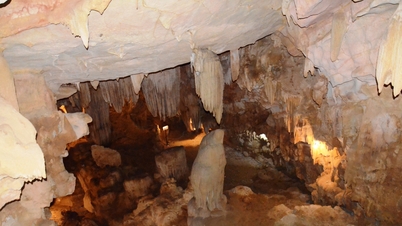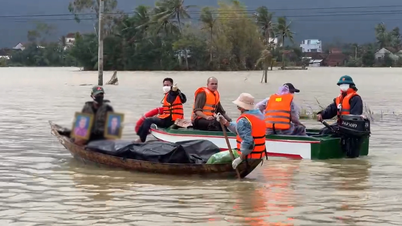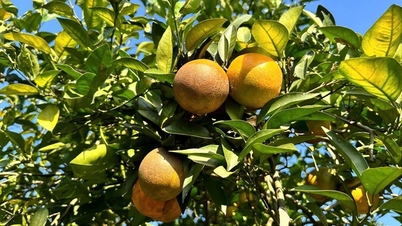 |
Mantle waves peel away continents and push material deep into the ocean. Photo: ScienceDaily . |
The simulations and chemical analyses suggest that a surprising process is taking place beneath the Earth’s surface. As continental plates separate and drift, the slow-melting mantle beneath creates long rolling “mantle waves” that can strip material from the continent’s roots. These fragments are then carried thousands of kilometers away, enriching the oceanic mantle and fueling volcanic activity for a very long time.
Thomas Gernon, an earth scientist at the University of Southampton and lead author of the study, said previous samples had shown the oceanic mantle to be “strangely contaminated,” as if it contained traces of ancient continental fragments. Many hypotheses have been put forward to explain this phenomenon, including the subduction of sediments or hot mantle plumes carrying material from deep within the Earth’s crust.
However, these mechanisms cannot fully explain the richness and age diversity of materials in the oceanic mantle.
According to the new model, when a continent breaks apart, mantle instabilities create powerful bands of motion at depths of 150-200 km. This movement erodes the continent and drags large amounts of material into the ocean. The process is so slow that it is “millions of times slower than a snail crawling,” the team describes. But that slowness allows the continent’s chemical signatures to persist in the mantle long after the surface has broken apart.
 |
Diagram showing mantle waves on Earth accumulating over billions of years. Photo: Nature . |
Sascha Brune, a geodynamicist from the University of Potsdam, said the effects of continental breakup lasted for tens of millions of years.
“The mantle remains in flux long after the continents have drifted apart. The system does not stop when a new ocean basin forms, but continues to move, rearrange and transport rich material,” says Sascha Brune.
A prime example is the chain of volcanoes and seamounts around Christmas Island in the Indian Ocean. The region formed more than 150 million years ago, when the supercontinent Gondwana began to break apart. Although there is no clear evidence of mantle plumes, the region has seen intense volcanic activity for about 50 million years.
In addition to explaining the origin of continental material in the ocean and volcanic sites beyond plate boundaries, the team also found that these slow mantle waves can trigger the eruption of diamond-rich magma from deep within the Earth’s crust. Not only that, their movement can also lift continental plates more than a kilometer, contributing to the creation of large topographic features on the planet’s surface.
Source: https://znews.vn/day-la-ly-do-cac-luc-dia-tren-trai-dat-tach-roi-post1605208.html




![[Photo] Prime Minister concludes trip to attend G20 Summit in South Africa](/_next/image?url=https%3A%2F%2Fvphoto.vietnam.vn%2Fthumb%2F1200x675%2Fvietnam%2Fresource%2FIMAGE%2F2025%2F11%2F24%2F1763944494358_vna-potal-thu-tuong-ket-thuc-chuyen-tham-du-hoi-nghi-thuong-dinh-g20-tai-nam-phi-8428321-4810-jpg.webp&w=3840&q=75)






























































































Comment (0)